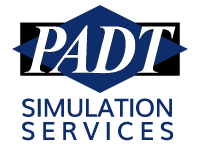
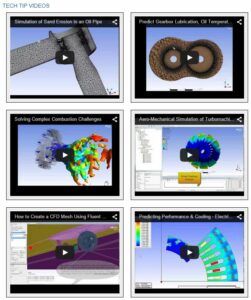
The A in PADT actually stands for Analysis. Back in 1994 when the company was started, computer modeling for mechanical engineering was called Analysis. It was such an important part of what we wanted to achieve that we put it in the name. Unfortunately, Analysis was a bit to generic so the industry switched to Numerical Simulation, or simply simulation. In the 23 years since we started, analysis… sorry, simulation, has been not just a foundation for what PADT does for our customers, it has become a defacto tool in product development. Through it all there has been a dedicated group here that is focused on providing the best simulation as a service to customers around the world.
Driving Designs with Simulation
Many companies know about PADT with regards to simulation because we are an ANSYS Elite Channel Partner – selling and supporting the entire suite of ANSYS simulation tools in the Southwestern US. The success of simulation in the design and development of physical products is a direct result of the fact that these fantastic tools from ANSYS can be used to drive the design of products. This can be done in-house by companies designing the products, or outsourced to experts. And that is where PADT has come in for hundreds of customers around the world. The expertise we use to support and train on ANSYS products derives directly from our real world experience providing CFD, structural, thermal, electromagnetic, and multiphysics simulations to help those customers drive their product development.
For those not familiar with simulation, or who only use the basic tools embedded in CAD software as a quick check, understanding why it is so important hinges on understand what it really is. Numerical Simulation is a methodology where a physical product is converted into a computer model that represents its physical behavior. This behavior can be many different physics: stresses, vibration, fluid flow, temperature flow, high frequency electromagnetic radiation, sloshing of liquids, deformation during impact, piezoelectric response, heating from static electromagnetic waves, cooling from air flow. The list goes on and on. Pretty much anything you studied in physics can be modeled using a numerical simulation.

The process of doing the simulation consists of taking the physical object and breaking it into discrete chunks, often very small relative to the size of the object, so that equations can easily be written for each chunk that describes the physical behavior of that chunk relative to the chunks around it. Imagine writing equations for the fluid flow in a complicated valve housing, very hard to do. But if you break it up into about one million small polyhedrons, you can write an equation for flow in and out of each polyhedron. These equations are then assembled into a giant matrix and solved using linear algebra. That is why we need such large computers. We mostly use the world’s leading software for this, from ANSYS, Inc.
More than Building and Running Models
Knowing how to build and run finite element and CFD models is key to providing simulation as a service. PADT’s team averages over 18 years of experience and few people come close to their knowledge on geometry preparation, meshing, setting up loads and boundary conditions, leveraging the advantages of each solver, and post processing. That is a good starting point. But what really sets PADT apart is the understanding of how the simulation fits into product development, and how the information gathered from simulation can and should be used. Instead of providing a number or a plot, PADT’s experienced engineers deliver insight into the behavior of the products being simulated.
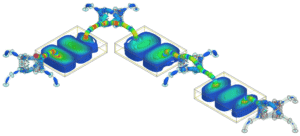
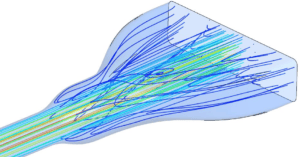
Unparalleled Breadth and Depth
Based on feedback from our customers, the other area where PADT really stands out is in the incredible breadth and depth of capability offered. Whereas most service providers specialize in one type of simulation or a single industry, more than twenty years of delivering high-end simulation to evaluate hundreds of products has given PADT’s team a unique and special level of understanding and expertise. From fluid flow in aerospace cooling systems to electromagnetics for an antenna in a smart toy, a strong theoretical understanding is combined with knowledge about the software tools to apply the right approach to each unique problem.
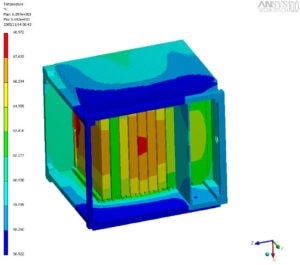
No where is this breadth and depth exemplified than with PADT’s relationship with ANSYS, Inc. Since the company was founded, PADT engineers have worked closely with ANSYS development and product management to understand these powerful tools better and to offer their advice on how to make them better. And each time ANSYS, Inc. develops or acquires a new capability, that same team steps up and digs deep into the functionality that has been added. And when necessary, adding new engineers to the team to offer our customers the same expert access to these new tools.
The best way to understand why hundreds of companies, many of them large corporations that are leaders in their industry, come to PADT from around the world for their simulation services needs is to talk to us about your simulation services needs. Regardless of the industry or the physics, our team is ready to help you drive your product development with simulation. Contact us now to start the discussion.


















